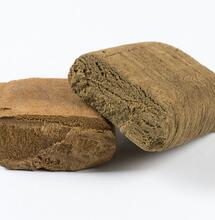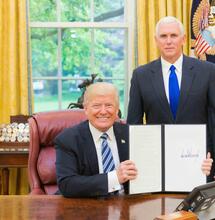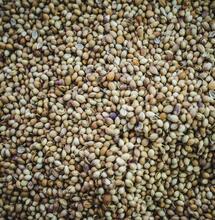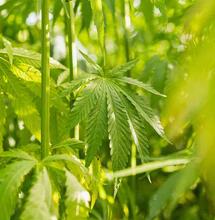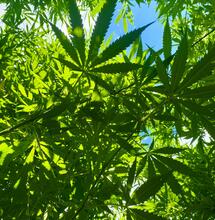Why Morocco Makes so Much Hash.
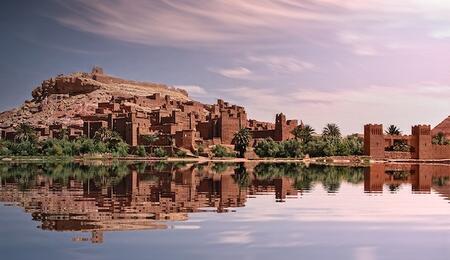
Cannabis has been grown in Morocco for centuries, with the country currently among the world's top producers of hashish. The Moroccan parliament voted to legalise the use of cannabis for medical, cosmetic and industrial purposes on May 26th 2021.
From the sixteenth century, weed was grown nationwide for local use in gardens and orchards. However, in the 18th century, the Rif region in the far north became a renowned production centre. In 1956, with the recent independence of Morocco, King Mohammed V banned cannabis nationally.
In the 1960s and 1970s, Moroccan growers adopted larger-scale methods to meet the enormous demand from tourists and smugglers. While there are contesting tales about how hashish production was first familiarised to Morocco, it is widely considered to have transpired during this peak period of Western tourist impact.
Morocco creates a considerable amount of the world's hashish; it was the top producer from 2002–2010. Morocco's 2010 production amounted to 760 tons of cannabis resin. In 2003, 70% of Europe's hashish was created in Morocco. In 2021 a total of 73,000 hectares of Morocco were used to grow cannabis.
With the increasingly promoted global consumption of cannabis, Moroccan nationals are capitalising on the cultivation of cannabis in the mountainous Rif region and the interest in cannabis tourism. As a result, regional tours have become big business, especially in the cities of Chefchaouen and Ketama, which have been the centre of cannabis tourism for decades.
Cannabis tourism has become a crucial and predominant source of income for everyone involved, including growers, dealers, and unofficial tour guides. Tours are not officially publicised and predominantly occur via word-of-mouth. Hash pressing, tours, consumption and sales are still prohibited. Unofficially, however, the combination of these things has made Morroco one of the biggest exporters of hashish.
As Moroccan officials persist in debating the legality of cannabis, production has become less criminalised. Recognising that no other crops grow in the mountainous region besides cannabis, the government has had its arm forced to allow farmers to continue their small cannabis cultivation enterprises. Producing hashish for European export and tourists makes for a constant source of employment and income for the farmers in the Rif region.
Distribution expenditures and pricing vary dependent on the location and proximity to large cities. The swell in cannabis demand has also immensely increased the possibility of the drug trade remaining a successful enterprise throughout Morocco's harbours and borderlands.
While approval for cannabis production is increasing, so is the price rise and the depreciation of farmers' produce. Additionally, taxes risk the safety of income that growers rely upon as one of the few means of financial gain.
